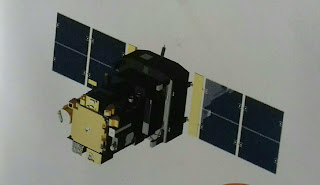The Ultimate Revelation of Sun|Technospace
The Sun is the largest object in the Solar System. The Solar system is dominated by the sun only. It contains approximately 98% of the total mass of the Solar system mass. The Sun appears to have been active for about 4.6 billion years, and has enough fuel to go on for another 5 billion years or so. The Sun is also the source of almost all the energy in the solar system. The Earth receives almost all its energy (heat and light) from the sun. The sun is known as surya in hindi. Due to the sun day and night happens, season changes on earth.
Now, let's discuss the parts of the Sun,
●Solar core: It has temperature of about 14 million °C.
●Photosphere: It is about 340 miles thick and temperatures range from 5500°C to 6000°C. It is made of churning gases.
●Corona: It is the outer most layer of the Sun, and is only visible during solar eclipse
●Solar Flare: Explosions can reach a maximum speed of 900 km/s and are more violent and spectacular.
What is the life cycle of the Sun ?
EXTRA KNOWLEDGE
1. The sun blows a constant stream of invisible particles out into space in all the directions known as solar wind.
2. The Solar and Heliospheric Observatory (SOHO) weighs about two tons and with its solar panels extended it stands about 25 feet across. The spacecraft has 12 scientific instruments collecting information about sunspots, the corona, solar flares and vibrations deep in the Sun's interior.
3. A Sunspot are a small, dark patches region on the Sun's photosphere that is cooler and darker than the surrounding material.




Comments
Post a Comment